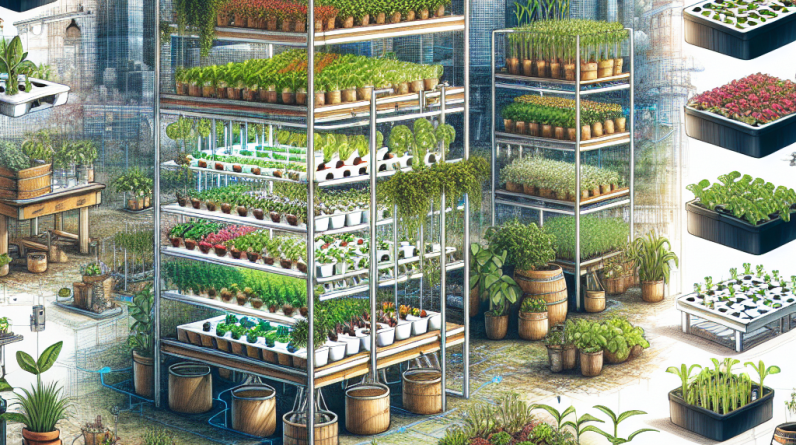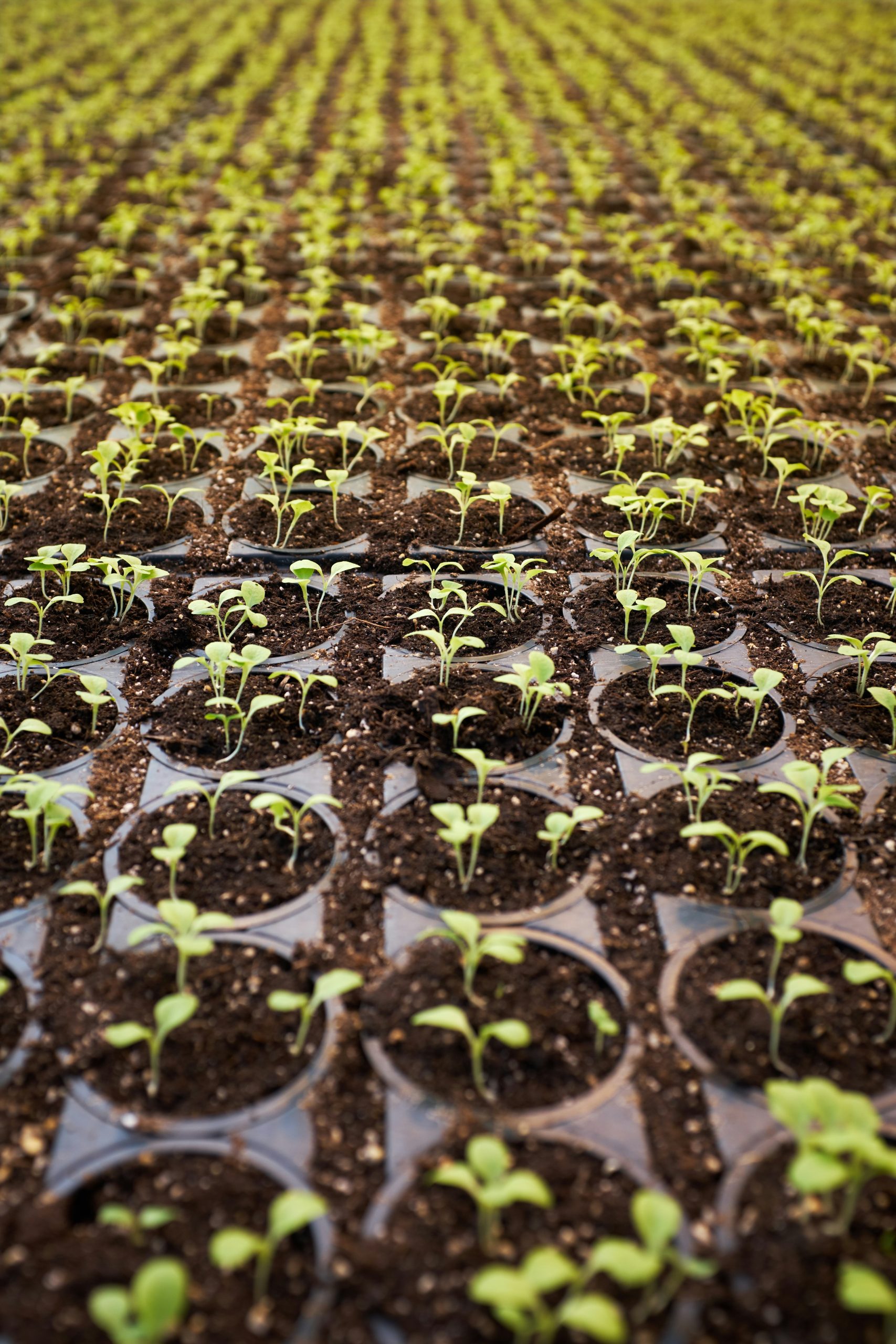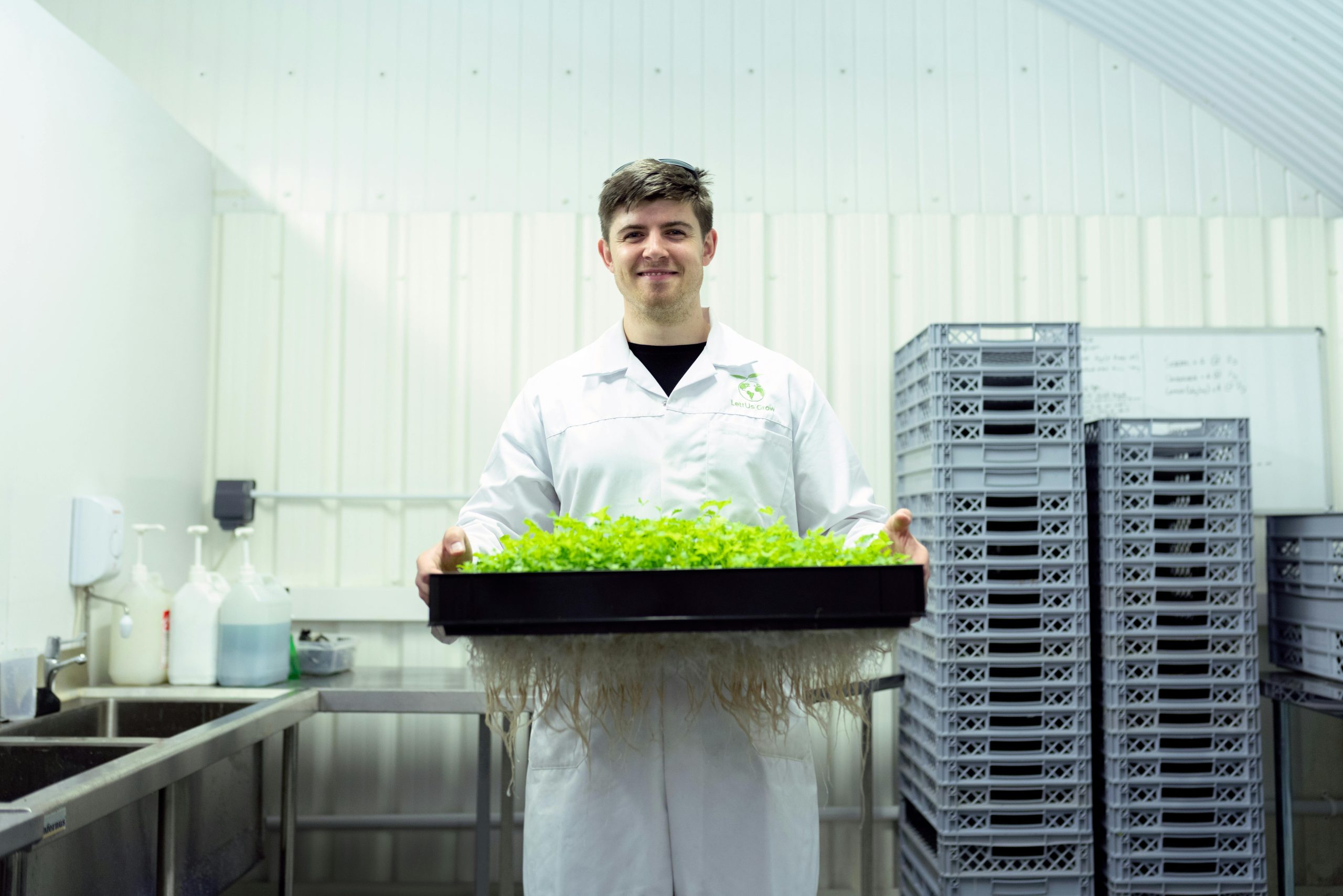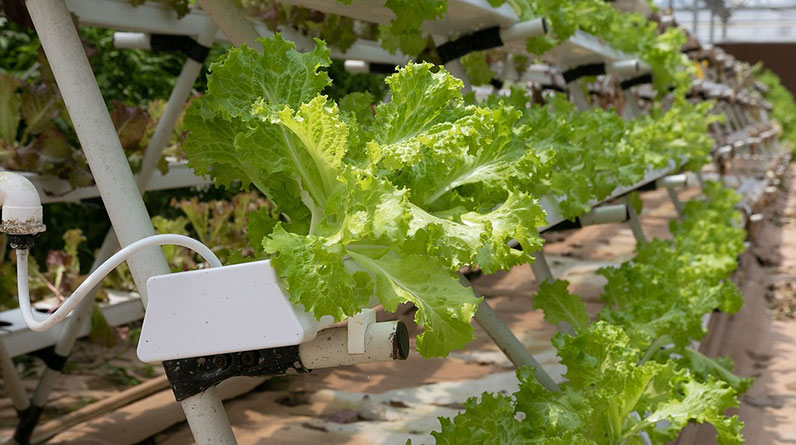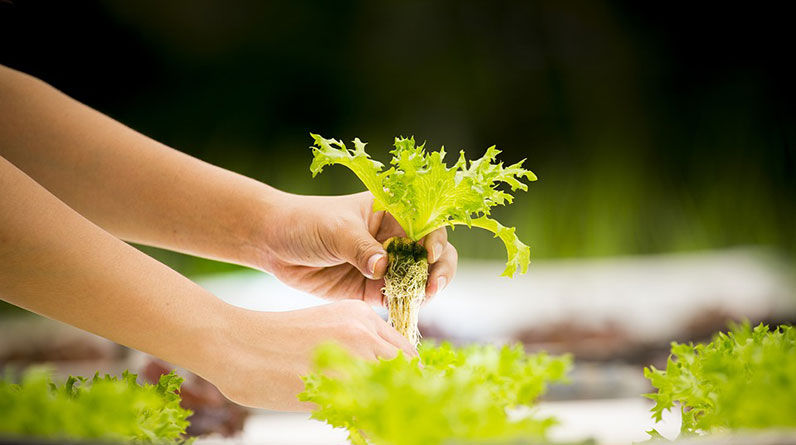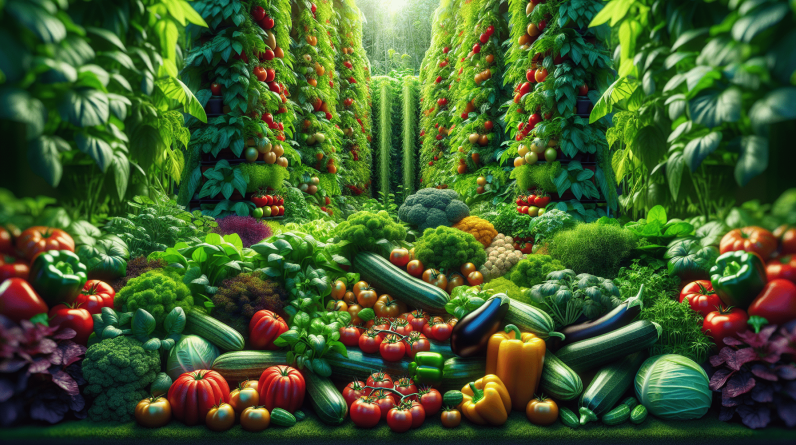
Table of Contents
- 1. Choosing the Right Location for Your Home Hydroponic Grow Box
- 2. Selecting the Optimal Lighting System
- 3. Understanding Nutrient Solutions and pH Levels
- 4. Managing Water Quality and Circulation
- 5. Monitoring Temperature and Humidity
- 6. Selecting Suitable Plants for Your Home Hydroponic Grow Box
- 7. Troubleshooting Common Issues in Home Hydroponic Grow Boxes
1. Choosing the Right Location for Your Home Hydroponic Grow Box
Assessing Light Availability
When setting up your home hydroponic grow box in 2025, selecting the right location is crucial. Ensure your space gets plenty of natural light or is accessible for artificial lighting installation. Bright, indirect sunlight encourages healthy plant growth and reduces energy costs. Consider locations like a south-facing window or a dedicated grow room with controlled lighting conditions.
In my experience, a space that balances light exposure and temperature stability is ideal. Too much direct sunlight can cause overheating, especially in summer, while darkness hampers photosynthesis. If natural light is limited, investing in high-quality LED grow lights can compensate effectively.
By strategically placing your home hydroponic grow box, you’ll optimize growth rates and plant health. I recommend evaluating your space at different times of the day to see how sunlight varies, then adjusting accordingly. Proper placement impacts not just plant growth but also your energy efficiency over time.
Humidity and Ventilation Considerations
Listing a location with good airflow prevents issues like mold and pests in your home hydroponic grow box. Proper ventilation helps manage humidity levels, which are critical for plant health. I suggest choosing a spot that allows for air exchange without excessive drafts that might stress plants.
Using fans or exhaust systems can improve air quality around your hydroponic setup. In 2025, smart ventilation systems with sensors can automate humidity control, making home gardening safer and more efficient.
Remember, a stable environment reduces plant stress and increases yields. When selecting a location, also consider ease of access for maintenance and monitoring. A well-placed home hydroponic grow box makes all the difference in gardening success.
2. Selecting the Optimal Lighting System
Types of Grow Lights Suitable for 2025
In 2025, LED technology dominates the market for home hydroponic grow boxes due to its efficiency, spectrum flexibility, and longevity. Full-spectrum LED grow lights are ideal for supporting all growth stages, from seedling to flowering. They consume less energy and generate less heat compared to older halogen or fluorescent options.
My recommendation is to choose LED systems with adjustable intensity and spectrum controls. This adaptability allows you to optimize light conditions for various plants and growth phases. Modular LED setups are also popular for expanding or customizing your grow space.
Advanced LED fixtures with built-in timers and smart controls help automate your lighting schedule, saving you time and energy. In 2025, incorporating smart lighting technology enhances plant growth while reducing operational costs.
Lighting Duration and Cycles
Controlling light duration is essential for maximizing photosynthesis and ensuring healthy growth. Most plants require 16-18 hours of light during vegetative stages and 12 hours during flowering. In 2025, programmable timers make it simple to set and maintain consistent light cycles in your home hydroponic grow box.
Remember, light cycle consistency influences flowering times and yield quality. Using digital timers or smart home integration can help create the perfect environment for your plants year-round.
My tip: monitor plant responses and adjust light durations accordingly. Overexposure can lead to stress, while insufficient light hampers growth. Careful schedule management is key to success in your home hydroponic setup.
3. Understanding Nutrient Solutions and pH Levels
Preparing Nutrient-Rich Water
Nutrient solutions are the backbone of hydroponic gardening in 2025. They provide essential macro- and micronutrients directly to your plants. Using pre-mixed, ready-to-use solutions simplifies maintenance, but understanding how to customize concentrations can boost your yields.
Always follow manufacturer instructions, but I recommend starting with 1.5-2.0 mS/cm of EC (electrical conductivity) for most leafy greens. Regularly checking and adjusting nutrient levels ensures optimal plant health. DIY enthusiasts might mix specific solutions from concentrated mineral salts for customized feeding.
Fresh, high-quality water is vital. Filtered or reverse osmosis water minimizes contaminants and mineral imbalances that can disrupt your hydroponic system. In 2025, IoT-connected sensors can automate nutrient dosing, ensuring precise feeding without constant manual checks.
Maintaining Proper pH for Your Home Hydroponic Grow Box
pH levels directly affect nutrient uptake. The ideal range for most hydroponic plants is between 5.5 and 6.5. Regularly testing pH with digital meters helps prevent nutrient lockout or deficiencies.
Adjusting pH involves adding small amounts of pH up or pH down solutions, which are readily available in 2025. Consistent pH management improves plant vigor and maximizes growth rates. I recommend daily checks during active growth phases.
Keeping a log of pH levels aids in diagnosing issues early. Over time, maintaining optimal pH ensures your home hydroponic grow box operates efficiently and yields healthy, nutrient-rich produce.
4. Managing Water Quality and Circulation
Filtration and Sterilization Techniques
Water quality plays a crucial role in the success of your home hydroponic grow box in 2025. Using sterilized or filtered water reduces the risk of pathogens and algae that can harm your plants. UV sterilizers or carbon filters are common solutions that keep water clean.
Ensuring fresh water circulation prevents stagnation and promotes oxygen exchange, essential for healthy root systems. I recommend installing submersible pumps with adjustable flow rates to optimize water movement.
Changing water regularlyâevery 1-2 weeksâis advisable, especially when growing sensitive crops. Maintaining high water quality minimizes system failures and boosts plant productivity.
Oxygenation Strategies
Oxygen levels in the nutrient solution are critical for root respiration. Aerators and air stones are simple but effective tools to increase dissolved oxygen. In 2025, automated oxygenation systems with real-time monitoring are becoming more accessible.
Healthy oxygen levels translate into faster growth rates and stronger plants. To maximize oxygenation, place air stones near the root zone and ensure good circulation throughout the system. This setup maintains consistently healthy roots in your home hydroponic grow box.
Experimenting with different oxygenation methods helps find the best balance for your specific setup and plant varieties.
5. Monitoring Temperature and Humidity
Optimal Temperature Ranges
Maintaining stable temperature conditions is vital for your home hydroponic grow box in 2025. Most vegetables thrive between 18°C and 24°C (65°F-75°F). Temperatures outside this range can slow growth or cause stress.
Deploying temperature sensors connected to automation systems can help regulate heating and cooling. In warmer months, fans or AC units can prevent overheating, while heaters maintain warmth during colder seasons.
Consistent temperature control reduces plant stress and improves yields. I recommend placing your grow box in a location with minimal temperature fluctuations or installing climate control devices for precision.
Managing Humidity for Healthy Growth
Humidity levels should ideally be between 50-70% for most hydroponic crops in 2025. Too much humidity increases mold risks, while too little causes plant dehydration.
Using dehumidifiers or humidifiers connected to smart sensors can automate humidity regulation. Proper ventilation also helps maintain optimal moisture levels, preventing disease outbreaks.
Consistent monitoring allows you to tweak environmental conditions, ensuring your home hydroponic grow box provides a stable environment for year-round gardening success.
6. Selecting Suitable Plants for Your Home Hydroponic Grow Box
Best Crops for Small-Scale Hydroponics in 2025
In 2025, popular choices include leafy greens like lettuce, spinach, and kale, which grow quickly and require minimal space. Herbs such as basil, parsley, and cilantro are also ideal for home hydroponic grow boxes due to their compact size and fast growth cycle.
Tomatoes, peppers, and strawberries can also be cultivated in larger setups, offering fresh produce year-round. Selecting plants suited for your system’s size and your culinary preferences is essential for success.
My advice is to start with easy-to-grow crops before progressing to more complex plants. This approach helps build confidence and ensures your home hydroponic grow box remains productive and enjoyable.
Choosing the Right Plant Density
Proper plant spacing maximizes light usage and nutrient access while minimizing disease risk. For example, densely planted lettuce may compete for resources, leading to leggy growth. I recommend following spacing guidelines specific to each crop.
Utilize plant support structures like trellises or cages for vine crops such as tomatoes. In 2025, smart sensors can track plant health and alert you when overcrowding affects growth.
Adjusting plant density based on your system size and plant maturity ensures optimal yields and manageable maintenance, keeping your home hydroponic grow box efficient and productive.
7. Troubleshooting Common Issues in Home Hydroponic Grow Boxes
Identifying and Managing Nutrient Deficiencies
Signs of nutrient deficiencies include yellowing leaves, stunted growth, and poor flowering. Common deficiencies in 2025 systems involve nitrogen, potassium, and magnesium. Regular testing and adjusting nutrient solutions prevent these problems.
In my experience, maintaining precise solutions and monitoring plant responses supports healthy development. Supplements or reinforcements can address specific deficiencies quickly. Keep a maintenance log to track issues and fixes.
Prevention is better than cureâconsistent nutrient management ensures your home hydroponic grow box produces robust, flavorful crops without interruptions.
Addressing Pest and Disease Problems
Though hydroponic setups reduce soil-borne pests, airborne pests and fungal diseases can still appear. Regular inspection and sanitation are key to prevention. Using organic pest deterrents and biological controls helps keep your system safe.
In 2025, integrated pest management (IPM) with IoT monitoring can detect early signs of infestations or mold outbreaks. Acting swiftly prevents spread and plant loss.
Proper airflow, cleanliness, and crop rotation are simple yet effective strategies to prevent common problems, keeping your home hydroponic grow box healthy and productive.
Frequently Asked Questions
1. What is a home hydroponic grow box?
A home hydroponic grow box is a self-contained system designed for growing plants indoors without soil, using nutrient-rich water solutions. It allows efficient, space-saving cultivation of vegetables, herbs, and more.
2. How do I maintain my home hydroponic grow box in 2025?
Regularly monitor water pH and nutrients, ensure proper lighting and temperature, and clean the system to prevent pests and diseases. Automating sensors and timers simplifies maintenance tasks.
3. What are the top plants to grow in a home hydroponic grow box?
Leafy greens, herbs, cherry tomatoes, and strawberries are ideal choices for small-scale hydroponic systems. They grow quickly and are easy for beginners.
4. Can I set up a home hydroponic grow box in limited space?
Absolutely. Compact designs and vertical stacking options maximize space efficiency, making it perfect for apartments or small rooms.
5. How do I troubleshoot issues in my home hydroponic grow box?
Identify symptoms like yellowing leaves or stunted growth, check water quality, pH, and nutrient levels, and adjust settings accordingly. Regular inspection helps prevent major problems.
Conclusion
Mastering the art of creating a thriving home hydroponic grow box in 2025 involves understanding key factors such as lighting, nutrients, environment control, and plant selection. This comprehensive guide offers 7 proven tips to help you achieve success. By paying close attention to placement, equipment, and ongoing maintenance, you can enjoy fresh, healthy produce from your indoor garden all year round. Remember, the secret to a fruitful home hydroponic setup lies in careful planning and consistent care. Happy gardening!


